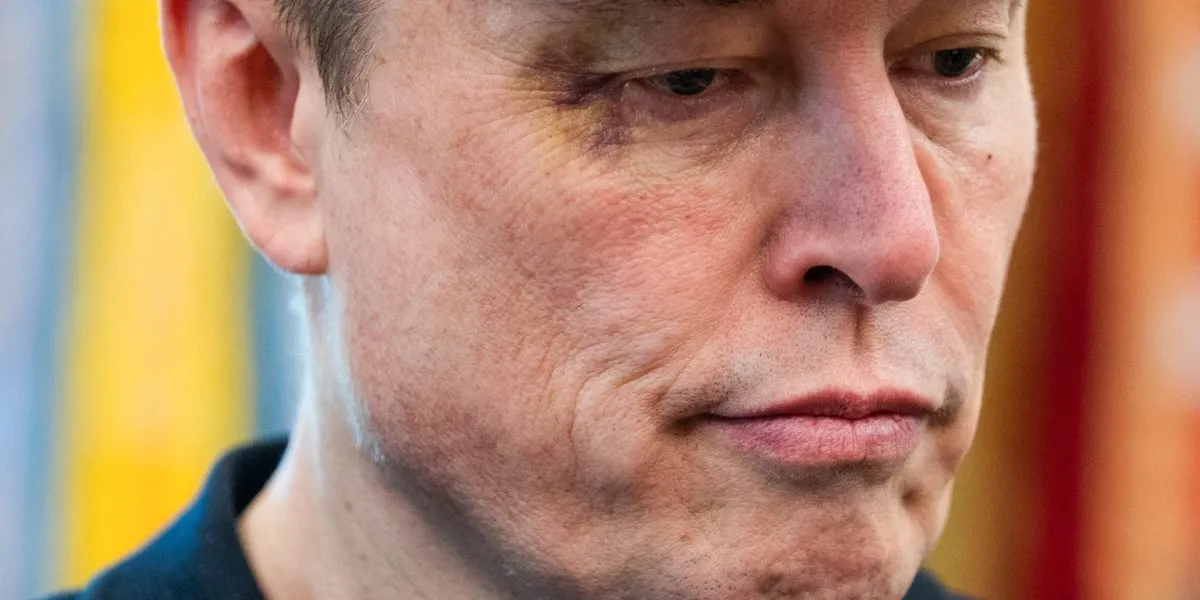
The recent experiences with Tesla's robotaxi service have raised significant concerns regarding its operational safety and reliability. A safety observer had to intervene during a critical moment when a robotaxi failed to detect an approaching train, highlighting the need for further refinement in the software. Despite this incident, the observer expressed optimism about the service's expansion and overall performance in a post shared on X. However, the incident underscores the ongoing challenges Tesla faces in perfecting its autonomous driving technology.
In light of the 20-minute waiting times for rides, observers like Tegtmeyer have advocated for Tesla to increase the number of vehicles on the road, currently limited to about 10. This push for expansion comes from a desire to enhance user experience, yet it raises alarm bells about the readiness of the technology. Elias Martinez, an early tester of Tesla’s Full Self-Driving (FSD) software, argues that the system is far from robust enough to support a larger fleet safely. His insights suggest that the technology, while showing progress over the past four years, still encounters alarming issues such as running red lights and driving on the wrong side of the road.
Martinez leads the FSD Community Tracker, a crowd-sourced initiative that collects empirical data on Tesla's self-driving capabilities. This tracker, praised by industry executives and even Musk himself, reveals that the latest software version, 13.2.9, experiences critical disengagements approximately every 340 miles. The reliance on community data highlights a significant gap in Tesla's transparency regarding its performance metrics. Martinez contends that the company is more concerned with meeting launch deadlines than ensuring the underlying technology is foolproof.
As Tesla faces dwindling sales figures and challenges with its Cybertruck, the pressure is mounting on Musk to deliver tangible results from the robotaxi pilot. Investors are keenly watching the developments in Austin, where questions loom about when the service can expand to more cities and increase its vehicle count. The ability to scale effectively is crucial not only for the success of the robotaxi initiative but also for Tesla's overall market position against competitors like Waymo, which has already accumulated significant unsupervised driving miles.
The implications of successful autonomous driving extend beyond convenience; they hold the potential to transform transportation access for underserved communities. Individuals like Jessie Wolinsky, a legally blind millennial, have expressed gratitude for the safety and independence offered by services like Waymo. Wolinsky's testimony underscores the importance of reliable autonomous vehicles, which could provide newfound freedom and security for those with disabilities.
For autonomous driving technologies to gain public trust, they must demonstrate a level of safety comparable to that of traditional transportation methods. Currently, Tesla's approach to data transparency raises eyebrows, as the company has lobbied to keep its safety records confidential. Martinez argues that data collected on public roads should be accessible to ensure accountability and public confidence in the technology. Musk's quarterly crash statistics, while seemingly impressive, do not represent the true operational reality of robotaxis, as they rely on human intervention to prevent accidents.
Amidst the challenges, Tesla's recent expansion of the robotaxi service has evoked mixed reactions. The company's move to extend service areas, albeit in a playful manner, appears to be more of a public relations strategy than a substantive improvement. Current limitations on the number of vehicles and riders, along with the presence of human safety monitors, indicate that the service is not yet ready for widespread adoption. Speculators on platforms like Polymarket currently estimate a mere 42% chance that Tesla will achieve a fully operational robotaxi service within the year, a stark drop from 86% just weeks prior.
In conclusion, while Tesla's robotaxi service holds great promise, the journey toward reliable and safe autonomous driving is fraught with challenges. Continued scrutiny and transparency will be essential as the company navigates its future in this transformative sector.